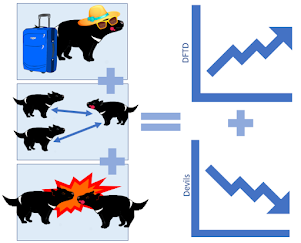Insights from mathematical models of spheroids for drug uptake & cancer spread
Professor Rachel Bearon
(Department of Mathematical Sciences, University of Liverpool)
Our BioMaths Colloquium Series continues with a seminar by Professor Rachel Bearon from the Department of Mathematical Sciences at the University of Liverpool. Rachel Bearon is Head of Department and member of the mathematical biology research group. She has extensive experience of developing models bridging spatial and temporal scales to make biological predictions concerning the movement of cells within complex environments, and applying mathematics to health challenges. Furthermore, she has significant expertise working directly with experimental biologists to develop novel frameworks for processing and integrating imaging data. Her PhD studying bacterial chemotaxis in biological fluid dynamics (Prof Tim Pedley, University of Cambridge) was followed by postdoctoral research into the spatial-temporal dynamics of motile phytoplankton cells in turbulent environments (working with Prof Danny Grunbaum, University of Washington). From her appointment as Lecturer in 2005 at UoL she has developed a track record of productive collaborations with biologists. Rachel applies and develops mathematics to study the spatial and temporal dynamics of a wide range of biological systems across multiple scales, ranging from bacterial chemotaxis, cancer cell motility and phytoplankton in turbulence, to modelling cell-signalling pathways, intracellular protein dynamics and drug transport.
Abstract
Mathematical models can aid discovery in the life sciences, by providing predictive tools, and allowing efficient testing of ‘what-if’ scenarios. However, identifying the ‘right’ model, and suitably parameterizing it, is a challenging task which mathematicians are well-placed to contribute. I will discuss two projects based upon an experiments on 3D spheroid cell culture systems [1,2]. Cells cultured in such system have been shown to more closely resemble the functionality and morphology of cells in-vivo, and so there is increasing interest in using these systems for example in drug toxicity studies and for better understanding cancer metastasis.
[1] Leedale, J. A., Kyffin, J., Harding, A., Colley, H., Murdoch, C., Sharma, P., Williams, D., Webb, S. & Bearon, R. (2020). Multiscale modelling of drug transport and metabolism in liver spheroids. Interface Focus, 10(2). doi:10.1098/rsfs.2019.0041
[2] Scott, M., Zychaluk, K. & Bearon, R. (2021) A mathematical framework for modelling 3D cell motility; applications to Glioblastoma cell migration. Mathematical Medicine and Biology, 38(3) doi.org/10.1093/imammb/dqab009









